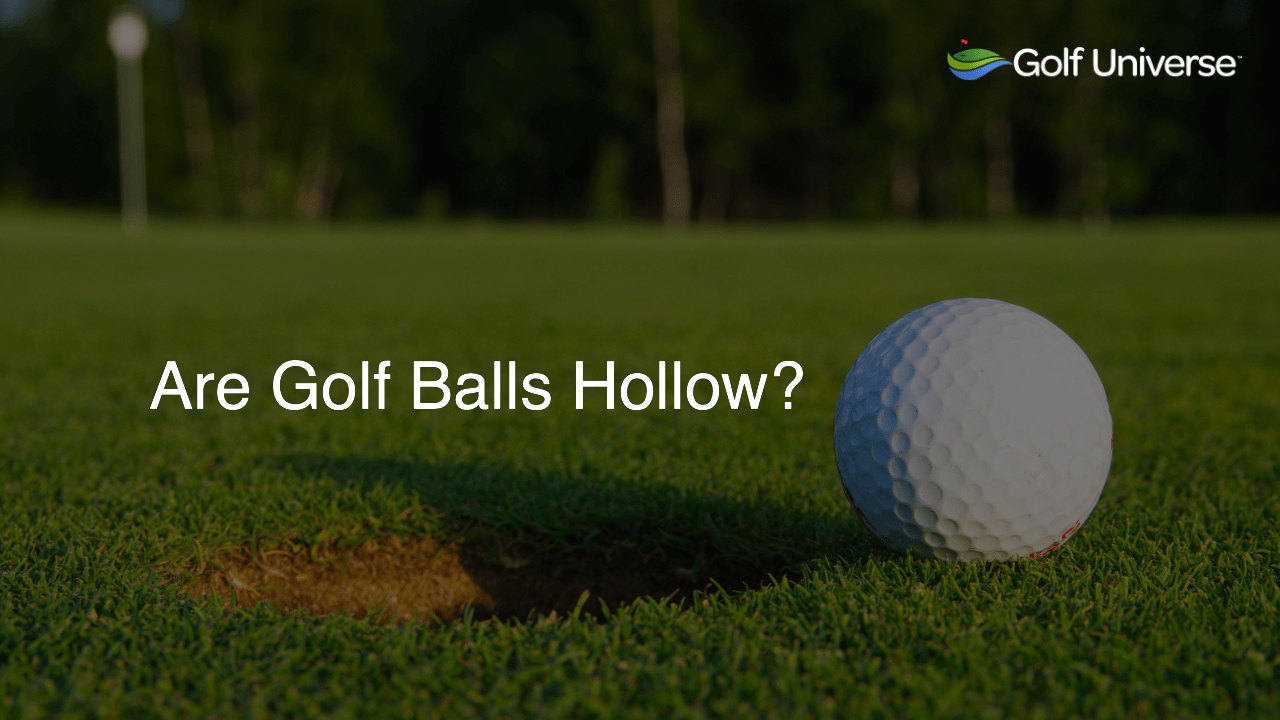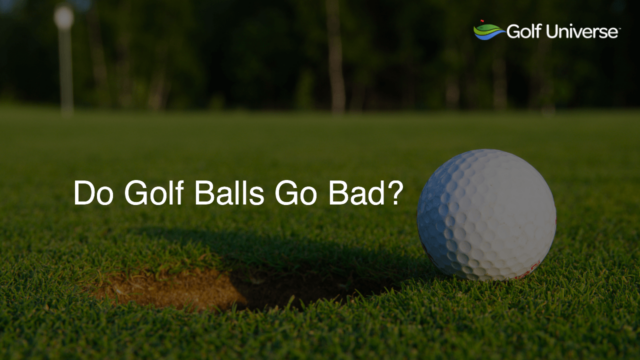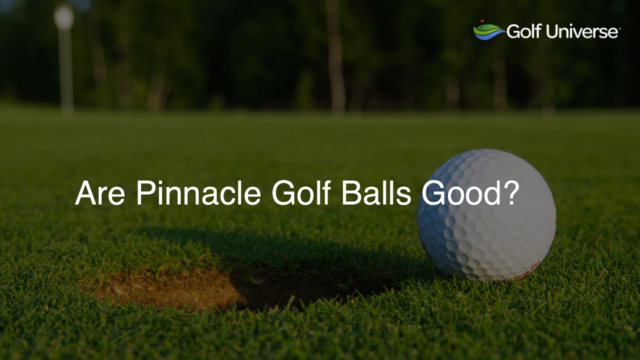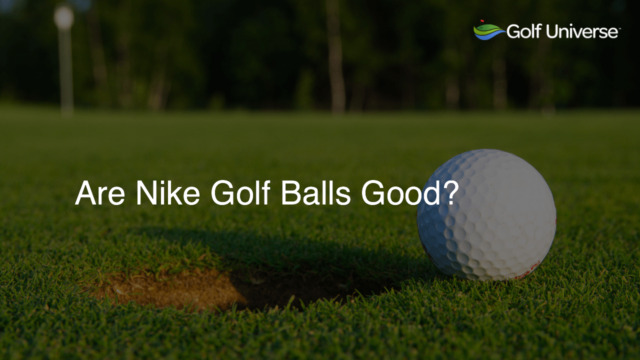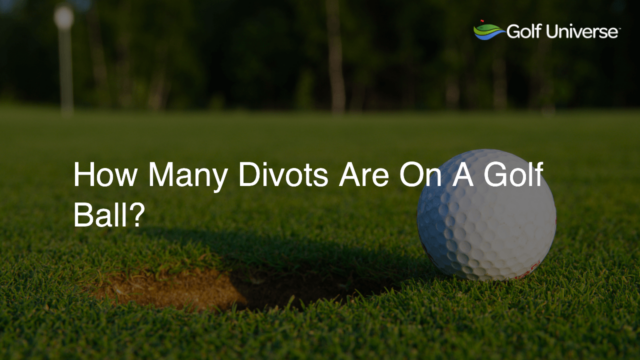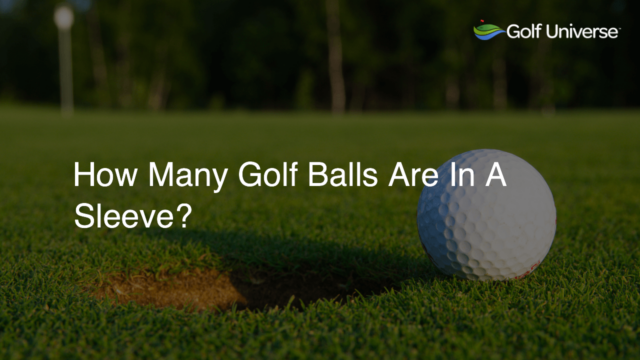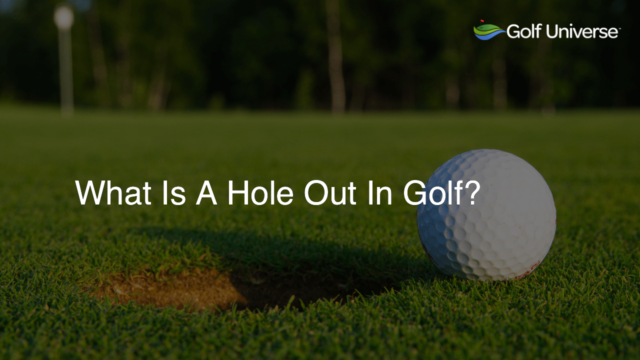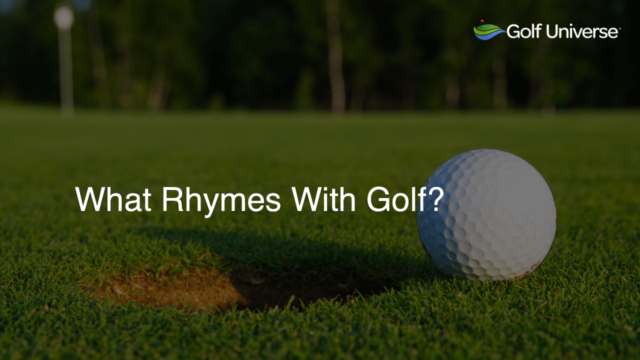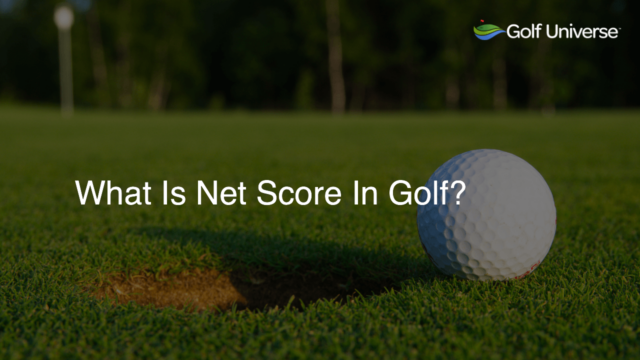No, golf balls are not hollow. They consist of a solid core made of rubber or synthetic materials, surrounded by layers of different materials, and covered with a dimpled surface for improved aerodynamics.
Golf Ball Composition
Golf balls are not hollow. Instead, they are comprised of multiple layers of different materials that work together to achieve optimal performance. The core, usually made from rubber or synthetic materials, forms the center of the ball. Surrounding the core are layers that differ in composition among golf ball models.
Solid Core Golf Balls
The solid core of a golf ball forms the foundation for its overall performance. This core is generally made from durable and highly elastic materials, like rubber or synthetic blends. The core is designed to compress upon impact, providing energy transfer from the club to the ball. The result is an increase in distance and control for the golfer.
Multi-Layered Golf Balls
Surrounding the core are additional layers, typically consisting of materials like urethane, Surlyn, or ionomer. These layers serve various purposes, such as generating spin, enhancing feel, and improving durability. Some high-end golf balls, for instance, have a softer urethane cover for increased spin around greens, while others have a harder Surlyn cover for improved durability and resistance to scuffs or cuts.
Dimpled Outer Surface
Covering the outermost layer of the golf ball is a dimpled surface. These small indentations help to reduce drag as the ball travels through the air, optimizing its trajectory and maximizing distance. The specific dimple pattern varies between manufacturers, but the underlying principle of aerodynamic performance remains the same.
Conclusion
So, golf balls are not hollow, but rather a complex structure of a solid core surrounded by multiple layers of materials, all enclosed within a dimpled surface. This design has been carefully engineered to allow optimal performance, providing golfers with the distance, control, and feel that they need on the course.
Golf Ball Technology Evolution
Over the years, golf ball technology has evolved significantly to improve golfer’s experience and performance. Early golf balls, known as “featheries,” were made from leather and stuffed with feathers, later replaced by the “guttie,” a solid rubber ball. Today’s advanced golf balls feature multi-layered designs and intricate dimple patterns, offering different characteristics for golfers of various skill levels.
Golf Universe’s Top Golf Ball Recommendations
At Golf Universe, we understand the importance of selecting the right golf ball to match your skill level, swing speed, and personal preferences. Here are some of our top picks for different types of golfers:
Distance Seekers
If you are looking to maximize distance off the tee, consider trying the Titleist Velocity or Callaway Chrome Soft. Both of these balls offer low spin and a high-energy core for longer drives.
Control Enthusiasts
For golfers who prioritize control and accuracy, we recommend the Bridgestone e12 Soft or Srixon Z-Star. These golf balls provide a low driver spin while still delivering a soft feel around the greens.
Complete Performance
For an all-around superior golf ball, try our very own Golf Universe Pro Performance. This ball offers an incredible combination of distance, control, and feel. Its urethane cover provides excellent greenside spin, while the multi-layered construction caters to golfers with varying swing speeds.
Understanding Golf Ball Compression
Golf ball compression refers to the deflection a golf ball experiences when struck by a golf club. Golfers with slower swing speeds are better suited to low compression balls, as they can maximize energy transfer and benefit from distance and control. Meanwhile, higher compression golf balls are typically better suited for players with faster swing speeds.
Golf Universe’s Comprehensive Golf Ball Selection
At Golf Universe, we offer an extensive range of golf balls, ensuring there is an option for every golfer. Whether you are a beginner or a seasoned professional, let us help you find the perfect golf ball to elevate your game and reach new heights on the golf course.
FAQ Section
We understand that readers may have additional questions related to golf balls after reading our blog post. We have compiled a list of frequently asked questions and provided concise answers to help address any further queries:
What is the ideal golf ball for beginners?
Beginners should generally opt for golf balls with low compression, such as the Wilson Staff Duo or Callaway Supersoft. These balls can help maximize energy transfer from slower swing speeds, resulting in better distance and control.
How do dimples on a golf ball affect its performance?
Dimples on a golf ball serve to reduce air resistance as it travels through the air, optimizing its trajectory and maximizing distance. They enhance lift while minimizing drag, resulting in a more efficient and stable ball flight.
Does a golf ball’s cover material affect its performance?
Yes, the cover material directly impacts a golf ball’s performance. Urethane covers offer more spin and a softer feel, whereas Surlyn or ionomer covers provide durability and resistance to scuffs and cuts. Choosing the right cover material depends on your preferences for feel, control, and durability.
Will a higher-priced golf ball improve my game?
A higher-priced golf ball may offer specific performance benefits, such as increased spin and improved feel. However, it is essential to select a ball that aligns with your skill level, swing speed, and personal preferences for optimal results.
How often should I replace my golf balls?
It is necessary to replace golf balls once they show significant signs of wear, such as scuff marks, discoloration, or uneven dimple patterns. A worn-out golf ball may not provide optimal performance, affecting distance, spin, and feel.
